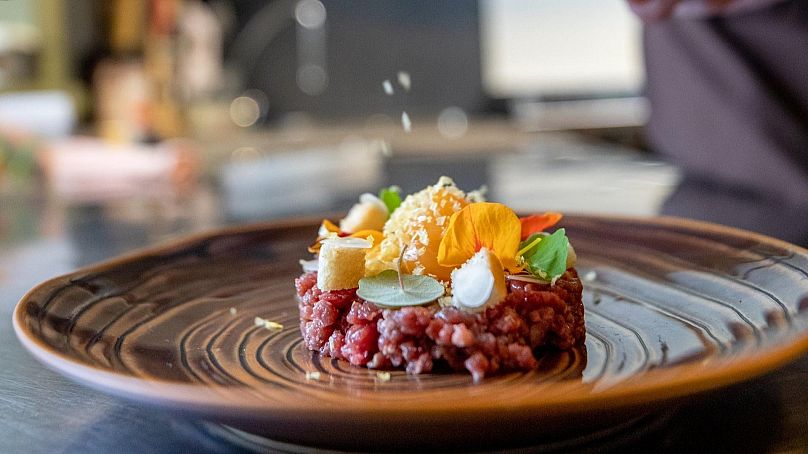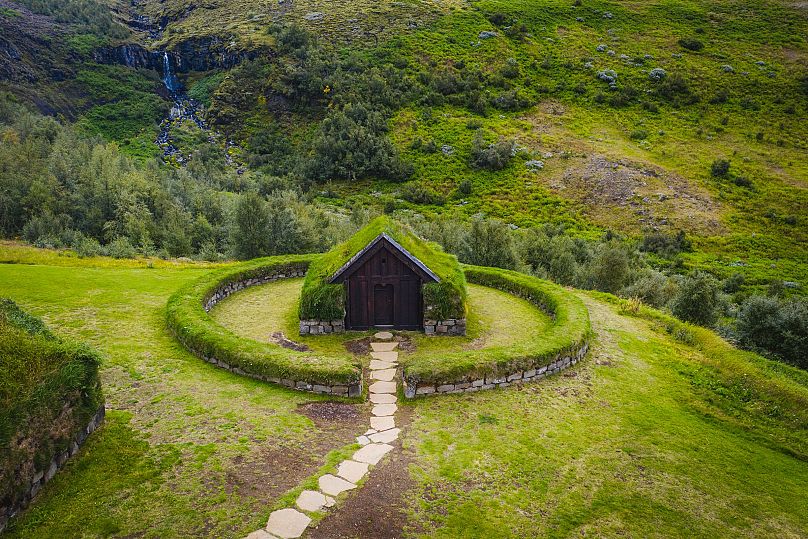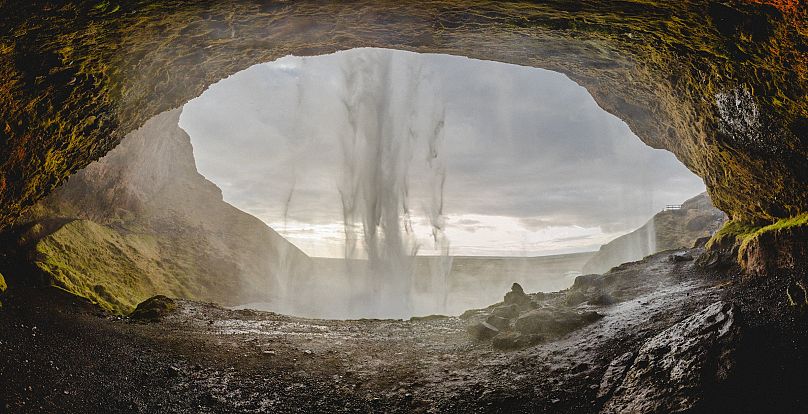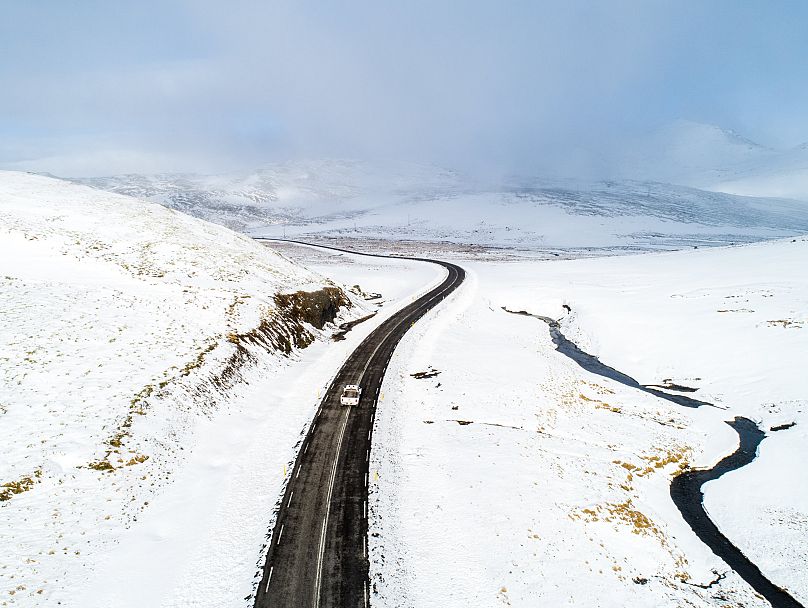In a bid to meet its climate goals, Iceland is looking for greener, cleaner tourists.
With a population of just 360,000 spread across a country more than twice the size of Denmark, Iceland’s natural wonders are unspoilt.
Nicknamed the ‘land of fire and ice’ due to the contrast between its jagged glaciers and hulking volcanoes, the country’s tourism market has developed rapidly in recent years, with a unique culinary scene emerging from the rough-hewn landscape.
“Nature is what we’re known for, most people see Iceland as a destination for nature but we are also known for more things,” explains Sigríður Dögg Guðmundsdóttir, the Head of Visit Iceland.
“Iceland is a fantastic culinary destination, we have very fresh produce and restaurants all around the country.”
Are there good restaurants in Iceland?
Unsurprisingly, the country is renowned for its fish cuisine.
“You can stay in a restaurant and the person who is serving you can almost point to the ship and say ‘the fish came from there’,” says Dögg Guðmundsdóttir.
It is little wonder, then, that two restaurants in the Icelandic capital of Reykjavik now hold Michelin stars. Dill, perhaps Iceland’s best known restaurant, was the first in the country to gain a coveted star, with dishes inspired by the local landscape. The intimate Óx, which seats just 11 diners, joined the Michelin ranks this year too, gaining one star for its multi-course menu, featuring traditional Icelandic ingredients.
While an emphasis on local ingredients is helping to pave the way, like much of the world, Iceland is facing the huge challenge of trying to align its tourism policies with its climate goals. In order to do this, the country is focusing on a particular type of tourist, one who is respectful of Iceland’s wild and untamed environment.
“We are honing in on people who are respectful of nature, who want to travel the whole year round, because seasonality is also a big focus for us,” says Dögg Guðmundsdóttir.
How can I visit Iceland sustainably?
“We actually have an ongoing campaign called the ‘Icelandic Pledge’ where we are encouraging visitors to travel responsibly around Iceland,” explains Dögg Guðmundsdóttir.
“We created eight guidelines that people can read, just to remind them that nature in Iceland is very fragile.”
The pledge includes a commitment to leaving places as you found them, and to take care when taking selfies.
Once you’ve taken the pledge, there’s lots more to learn about travelling sustainably. The Visit Iceland website also has a carbon calculator so that visitors can calculate the carbon footprint of their trips and then offset it if they choose to.
“We have counters of the most visited sites all around Iceland too, so when you visit you can see what days during the week the most visitors are there,” says Dögg Guðmundsdóttir.
This handy tool means you can choose to visit popular destinations - such as the powerful Dettifoss waterfall in Vatnajökull National Park - on quieter days, thus reducing the impact on local ecosystems.
What’s the perfect itinerary for 10 days in Iceland?
In order to truly appreciate the splendour of Iceland, Dögg Guðmundsdóttir wants to encourage visitors to stay for longer, and explore as many of the regions as possible.
“Iceland is a complete destination whether you come in the winter time or in the summertime. During the summertime we have the 24 hour daylight and during the wintertime of course we have more darkness, but then we also have the northern lights,” she explains.
Whatever time of year you visit, there are some must-see activities for your itinerary. These include visiting one of the country’s natural geothermal baths, hiking in the mountains, and enjoying a horseback ride on one of Iceland’s small, pony-sized Icelandic horses.
Can I hire an electric car in Iceland?
For travellers who want to drive, Iceland’s ring road is a great way to explore the country as a whole. To make your drive more sustainable, though, Dögg Guðmundsdóttir recommends hiring an EV.
“We have a map of all of the charging stations around Iceland to help you to prepare and be comfortable in travelling around Iceland in an electric car, and this is a development that is happening really fast,” she explains.















